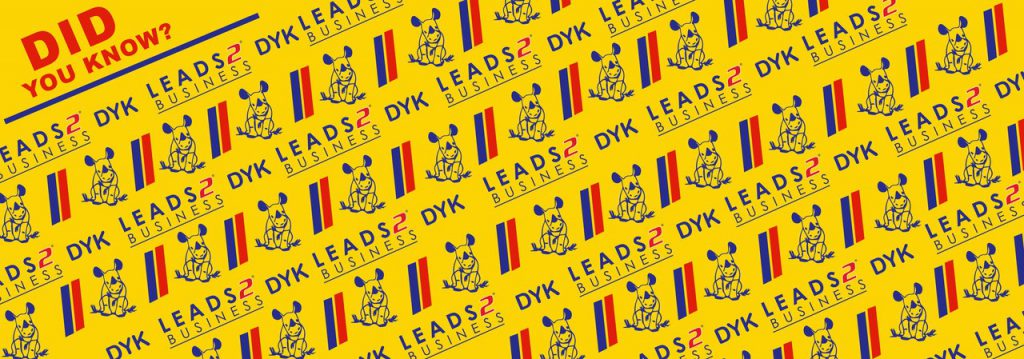Our Mining Heritage

The beautiful month of September not only marks the beginning of Spring, it is also the month devoted to Heritage.
A country’s natural heritage is its natural resources and beautiful environment, because they are considered to be so unique that they are internationally respected and protected.
South African heritage, might be anything from famous stretches of coastline in Kwazulu-Natal, to shweshwe fabric, to Bunny Chow or Potjie. But for now lets take a look at our mining heritage and history.
Mining in South Africa was once the main driving force behind the history and development of Africa’s most advanced and richest economy.
Did you know:
South Africa is the world’s largest producer of Chrome, Manganese, Platinum, Vanadium and Vermiculite.
Platinum and Palladium:
South Africa produces more platinum and similar metals than any other country.
In 2005, 78% of the world’s platinum was produced in South Africa, along with 39% of the world’s Palladium.
Over 163,000 kilograms of platinum was produced in 2010, generating export revenues of $3.82 billion USD
Currently Russia and South Africa are the biggest palladium producers in the world.
- South Africa is the second largest producer of Ilmenite, Palladium, Rutile and Zirconium.
- South Africa is also a huge producer of Iron ore: In 201 2 it overtook India to become the world’s third-biggest iron ore supplier to China.
- South Africa has the second-largest reserves of uranium in the world.
(NUFCOR) (The Nuclear Fuels Corporation of South Africa) started processing Uranium as a by-product of gold mining in 1967.
Most of the uranium produced is concentrated in the golf fields of the Witwatersrand area.
- South Africa’s production of chromium accounted for 100% of the world’s total production in 2005, and consisted of 7,490,000 metric tons of material.
Chromium is used in stainless steel and for a variety of industrial applications.
- South Africa is the world’s third largest coal exporter.
Much of the country’s coal is used for power production as 77% of South Africa’s energy needs are provided by coal.
Gold
Gold was discovered in the area known as Witwatersrand, triggering what would become the Witwatersrand Gold Rush of 1886.
South Africa accounted a percentage of 15% of the world’s gold production in 2002 and 12% in 2005, though South Africa has produced as much as 30% of world output as recently as 1993.
Despite declining production, South Africa’s gold exports were valued at $3.8 billion USD.
- It was estimated by US Geological Survey in that as of 2002, South Africa held about 50% of the world’s gold resources, and 38% of reserves.
“Diamonds are a girls best friend”
Did you know:
Diamonds are valued by weight, colour, clarity and various other factors.
The first diamond was discovered on the banks of the Orange River in 1867 by Erasmus Jacobs.
- Of “The 10 Largest Diamonds Ever Discovered” – Four are from South Africa!

The Jonker: 726 carats
This giant stone, was found by a settler called Johannes Jacobus Jonker in 1934.
It’s believed the rough diamond was cut into 13 smaller stones, with the largest diamond, the Jonker I, still weighing in at an incredible 142.9 carats.

The Golden Jubilee: 755 carats
The golden Jubilee was discovered in 1985, it was eventually cut and faceted diamond that weighed an enormous 545.67 carats, making it the largest finished diamond in the world.
It is currently owned by the Royal Family of Thailand.

Excelsior Diamond: 995.20 carats
Was Found in 1893 in Jagersfontein Mine, this huge rock was cut into many smaller pieces. The largest gemstone cut from this famous diamond was 69.68 carats.

Cullinan Diamond: 3106.75 carats
The Cullinan, was discovered by a mining superintendent in old Transvaal in 1905.
Also known as the Star of Africa, this is arguably the most famous diamond in the world.
Weighing more than three times the weight of the Excelsior Diamond, it was named after the owner of the mine, Sir Thomas Cullinan.
It was given as a gift to the King of the United Kingdom (Edward VII). Nine large stones and 96 stones were taken from the rough diamond, including the famous Star of Africa (Cullinan I) which is 530.2 carats and is now part of the Crown Jewels, inserted into the Sceptre with the Cross.
The value of the Cullinan diamond has been estimated at $2 billion.

We live in one of the most beautiful and most resourceful countries in the world.
As former President Nelson Mandela stated:
“When our first democratically-elected government decided to make Heritage Day one of our national days, we did so because we knew that our rich and varied cultural heritage has a profound power to help build our new nation.”
Lets choose to acknowledge, respect, and celebrate our culture and the diversity of beliefs and traditions to rather use this power to promote peace and to build a stronger nation.
Sources:
Wikipedia
Mining Review
To view more articles, please visit the Leads 2 Business Blog.
If you are interested in becoming one of our subscribers, please visit Leads 2 Business.
To view notes with screenshots on how to use our website, please visit the Leads 2 Business Wiki.
About Wendy De Wet
I joined Leads 2 Business as an Account Executive in July 2011 and was part of the dynamic sales team in JHB for 2 years. I relocated to the beautiful city of Durban in 2013 and absolutely love KZN. I am very proud to be part of the L2B family and Legacy!









Leave a Reply